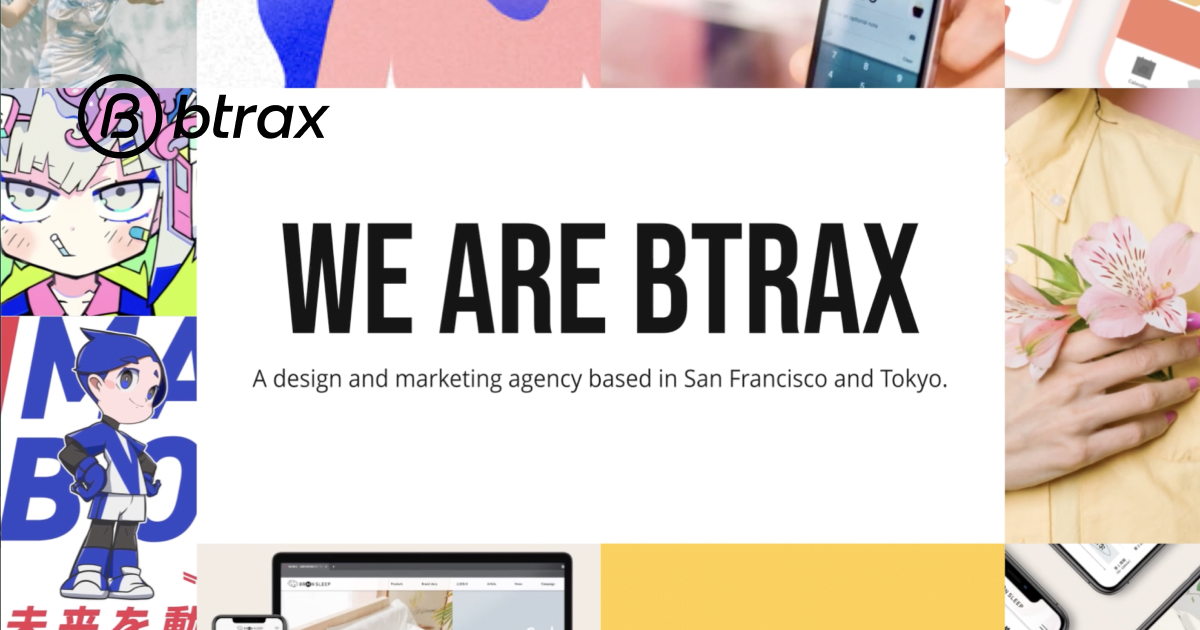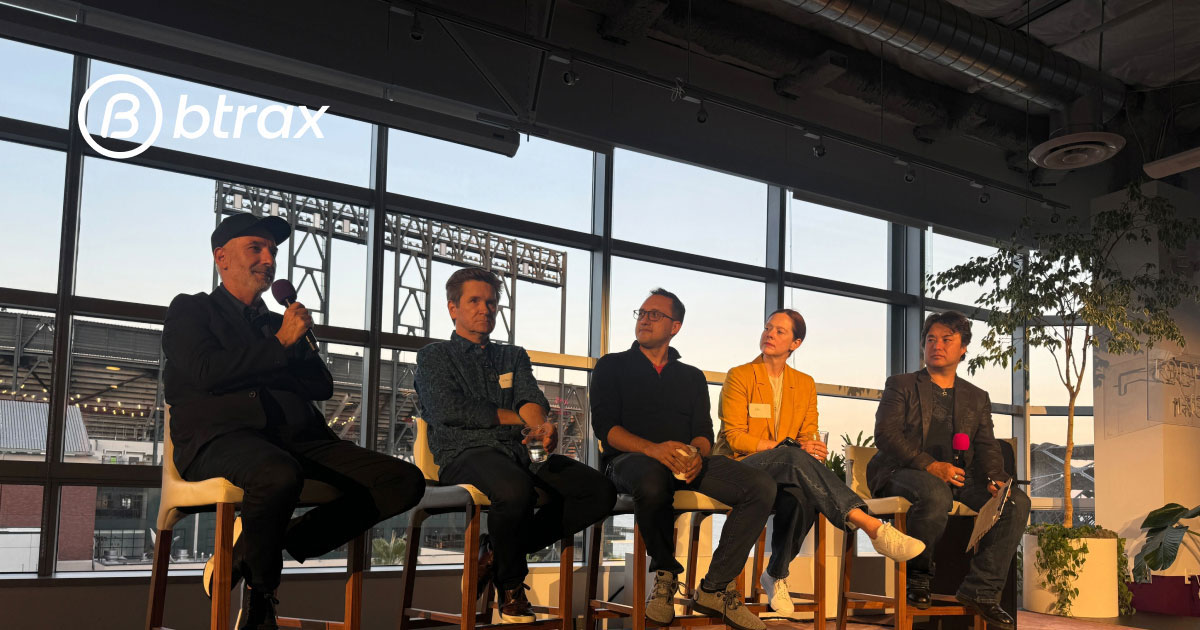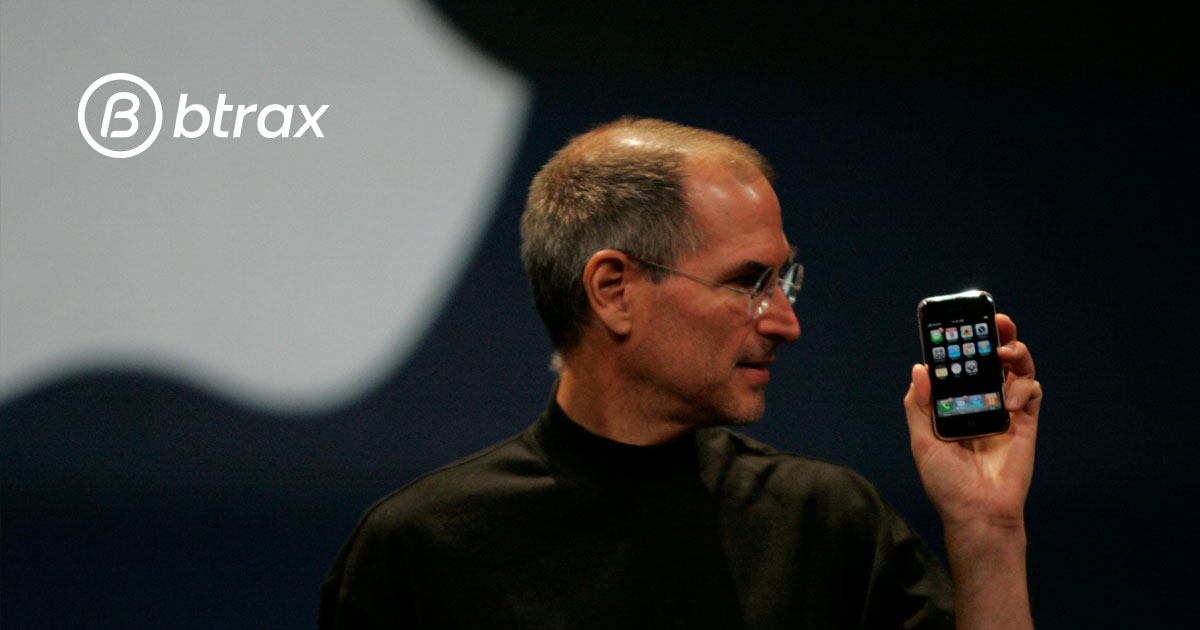
Btrax Design Company > Freshtrax > 10 Degn Thinkin...
10 Design Thinking Principles for Innovative Organizations
At the start of 2013, IBM Design kicked off a brand-new program called IBM Design Thinking in order to revitalize the company: taking their then engineering-centric approach and turning it into a sustainable, user-centered culture. The company has invested more than $100 million trying to recast its corporate culture as design-friendly.
“Our teams had a very engineering-centric culture, and we wanted to shift that culture towards a focus on users’ outcomes,” said Charlie Hill, CTO of IBM Design.
It goes without saying that IBM is not a design company. Why would they want to transform their company in that direction?
Design Thinking has become quite a buzzword since David Kelly, Stanford professor and the founder of IDEO, introduced it. However, as there is no single, common definition of Design Thinking, many might not have a clear idea on how it works, or how it can be applied to management.
Idris Mootee, CEO of Idea Couture, describes the Design Thinking process very clearly in his book: Design Thinking for Strategic Innovation. He presents a practical application of Design Thinking within the modern enterprise seeking to improve its innovation performance.
With btrax’s track record of consulting clients on how to improve their strategic processes using Design Thinking, we summarized from the book the 10 essential principles for any organization trying to innovate.
Design Thinking begins with ‘why’ and creates the process for innovation.
– Brandon K. Hill, CEO of btrax
1. Action-Oriented
“The challenges of the future will require multidisciplinary thinkers who will think first and work on solutions second,” Idris explains. To make your organization more innovative, a cross-disciplinary learning-by-doing approach to problem solving is necessary. It helps your team identify challenges you face and come up with multiple ideas to solve problems. Actions speak louder than words.
WE WANT MORE, WHEN WE WANT IT, HOW WE WANT IT, AND AT THE PRICE WE WANT.
– Idris Mootee, CEO of Idea Couture
2. Comfortable with Change
Many of us are scared to take the initial leap, feeling comfortable with the status quo. But the complex and vague problems nowadays require a new way of thinking, free from old traditional methods or conservative slow decision-making processes, which just make things worse.
When I left Japan five months ago for Finland, every single thing I came across was totally new (it was my first time visiting Europe), and everything was completely outside of my comfort zone. But when I started taking my experience as a high-return opportunity to grow, embracing the discomfort gradually became not that big of a deal.
Balancing the feeling of safety with uncertainties and risks among the team makes the same circumstances fun and exciting, and also it encourages innovation.
Design is how it works
– Steve Jobs, Former CEO of Apple
3. Human-Centric: By Humans for Humans
Empathy is one of the most vital things in the Design Thinking process. Since the challenges you try to solve are not your own, you must gain empathy for what people do and how they interact with their environment. To focus on both the customer’s (or end user’s) physical and emotional needs, and understand the way they do things and why, various observational and listening-based research techniques are required.
Stanford’s introductory process guide for Design Thinking points out, “The best solutions come out of the best insights into human behavior.” Observing people helps you obtain new insights, which in turn leads to innovative solutions. This also could be applied when it comes to re-organizing your team for preparing to tackle unpredictable problems.
When patterns are broken, new worlds emerge.
– Tuli Kupferberg, Countercultural Poet
4. Integrate Foresight
This is especially true for those at large and established organizations, but many find it difficult to innovate as the world around them changes rapidly.
In order to gain flexibility and operate like a startup or even a mature company with an entrepreneurial culture, your team needs foresight, which helps you open up to a future full of uncertainties. It also encourages a corporate culture that is comfortable with ambiguous planning and inadequate information in the process of discovering and generating a tangible outcome. With that, you will discover emerging opportunities for breakthrough growth.
5. A Dynamic Constructive Process
According to research done by Deloitte, people collectively check their phones more than 8 billion times each day, but productivity is barely rising. What has to be done to achieve innovation is “designing a productive and meaningful employee experience through solutions that are compelling, enjoyable, and simple.”
This requires resistance. An iterative approach is usually difficult and has to be discussed among all your team members. In this way, Design Thinking helps your employees engage at all stages when they design your team. Thus, transforming organizational culture with innovative strategies yields remarkable impact among your employees.
6. Promote Empathy
Design Thinking is a means to place your employee at the core of everything. In Deloitte’s survey this year, respondents at companies where HR delivers the highest levels of value are almost five times more likely to be using design thinking in their programs than their peers.
Design Thinking helps companies better understand their employees, such as their behaviors, expectations, values, motivations, and needs. The adoption of Design Thinking in HR saw a great transformation of the department from “process developer” to an “experience architect.”
7. Reduce Risks
Although you should not be afraid of risks, Design Thinking still helps you find a way to minimize potential failures. There will always be roadblocks when developing a new product or service. Design your organization to identify the elements in the development ecosystem, such as technology, the market, competitors, customers, and the supply chain. It will help you mitigate risks of experimentation, and it additionally increases ROI on R&D.
(FYI: Alex Osterwalder, co-founder of Strategyzer, mentions how his company manages risks, stating, “We encourage companies to allocate a percent of their R&D budgets for seriously exploring new value propositions and business models.”)
Everything has changed, is changing, and will continue to change
– Idris Mootee, CEO of Idea Couture
8. Create Meaning
Creating meaning is the hardest part of the design process as it takes time and emerges through multiple iterations and conversations. This phase is your time to define the problem based on its context and what you have learned about your users or team.
This is going to make sense with the information you have gathered after you gain invaluable empathy for the user/team, and the person you are designing for. Synthesizing information will make it possible to create a meaningful and actionable problem statement that gives you powerful insights during the process.
A good point-of-view (POV) – “the explicit expression of the problem you are striving to address” – helps you shape the problem with a focus, and inspires your team. It also empowers them to make independent decisions in parallel, which will create a strong culture.
Recognizing the need is the primary condition of design
– Charles Eames, Designer
9. Bring Enterprise Creativity to the Next Level
Idris critically points out: the de facto design of management hinders managers from being creative, but urges them to avoid doing the wrong things or taking extra risks. Design Thinking nurtures corporate culture with more rewarding experiences, encouraging disagreement to step forward among your team, and creating an open atmosphere, where your team members can directly discuss what they really feel.
That’s how it creates strong “inspirationalization” and “sensibility” in order to encourage your team members to emotionally engage and commit.
10. The New “Competitive Logic of Business Strategy”
The world is getting more complex, and we are only a small part of it. We have to recognize the necessity of new ways for management in the ever-changing and disruptive 21st Century. Design Thinking enables an organization to be creative and inspires them to innovate products and services which can be their competitive advantage that no other companies can copy.
To make it happen, you have to follow your intuition. Idris introduces a book: “A Behavioral Theory of the Firm,” published by organizational theorists James March and Richard Cyert. They describe “intuition as real, memory as an enemy, experience as a theory, the self as a hypothesis.” Bring your intuition strategically into your management process to make your team get a sustainably strong innovative culture.
This blog introduced the applied principles of Design Thinking for organizational management. However, Design Thinking can also be applied to your personal life as well as to the product development process further along the way. In order to apply Design Thinking to your product development process in an organization, establishing a team with a strong corporate culture is necessary. This will help you obtain innovative insights and take risks.
In order to solve problems in this unpredictable, ever-changing world, you need to take a close look at your team and integrate their cross-disciplinary ideas. This requires synthesizing information gained from observing and listening to those around you, which takes a good degree of analytical and emotional skills.
Feature image: Brian A Jackson/Shutterstock
Don’t Miss Our Upcoming Event!
Join us online for BEYOND BORDERS: Japan Market Success for Global Companies on December 5, 2024.
Explore strategies for Japan’s unique market, hear from experienced Country Managers, and learn how to localize and thrive.
- Date: December 5, 2024
- Time: 4:00 PM (PST) / 7:00 PM (EST) / Dec 6, 9:00 AM (JST)
- Location: Online
Register Now For Our Online Event
Limited in-person spots are available—apply at sf@btrax.com or on Luma.







